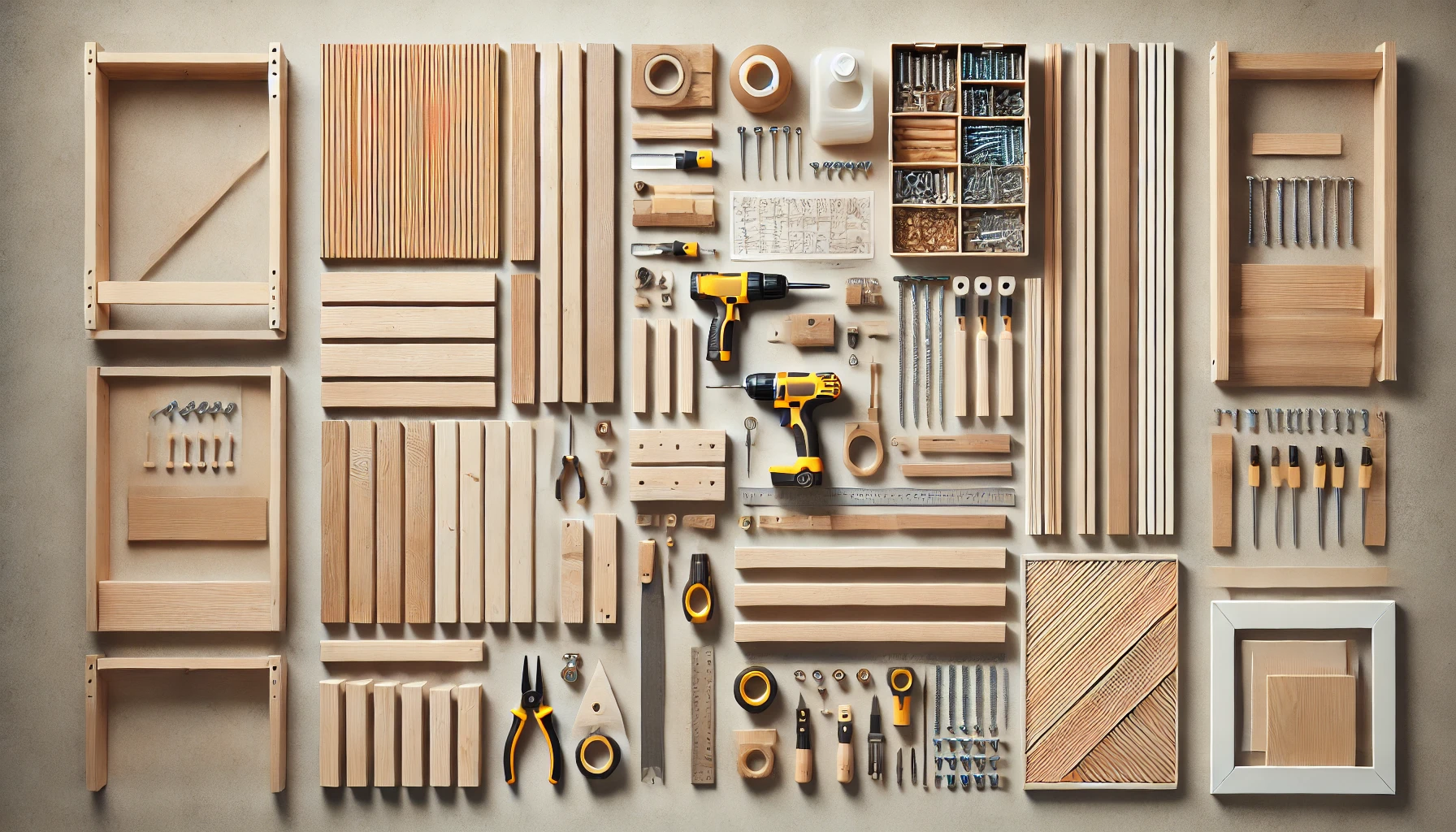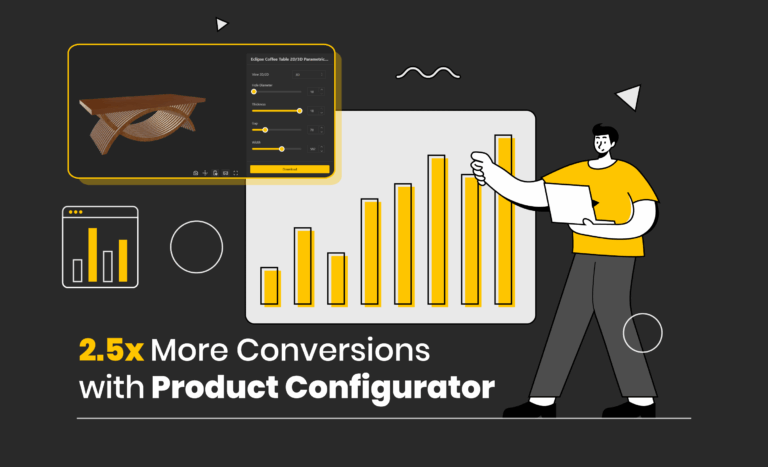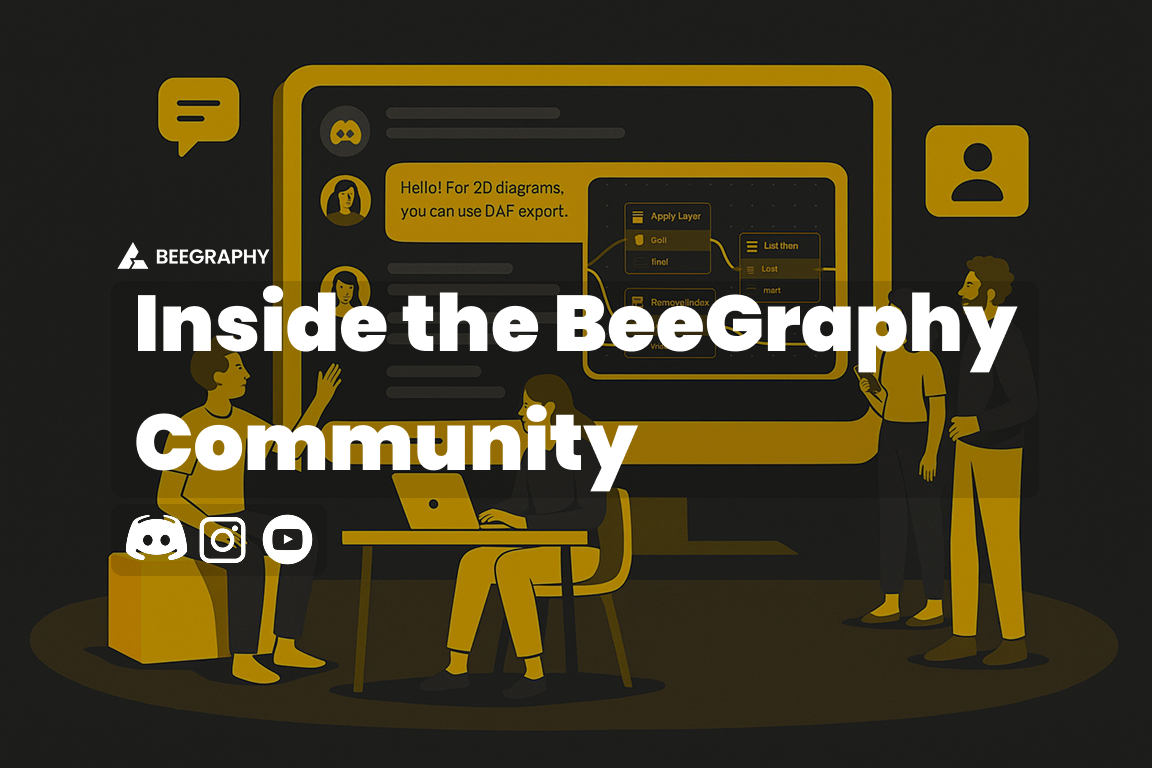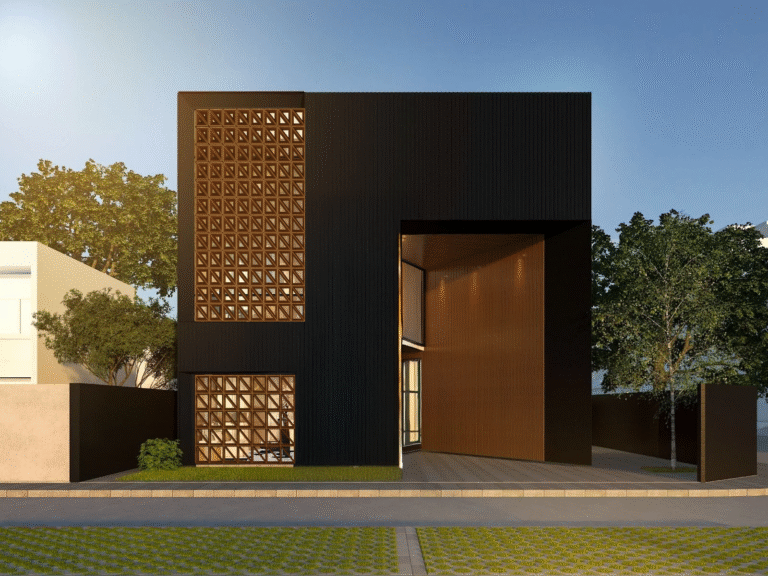Table of Contents
The global DIY home improvement market was valued at $848.20 billion in 2021 and is projected to reach $1,278.00 billion by 2030, growing at a CAGR of 4.37% from 2022 to 2030 (Allied Market Research). This growth is driven in part by the increasing accessibility of parametric tools, which democratize the ability to craft intricate, personalized designs that were once the domain of professionals. The combination of advanced technology and a growing DIY culture has redefined how individuals approach both engineering and design. As this integration progresses, the landscape of engineering and design has evolved into a highly dynamic and innovative field, creating new opportunities for creativity and technical innovation. Parametric, computational, and algorithmic design are revolutionizing individual approaches to engineering and DIY projects, offering unprecedented flexibility, creativity, and precision in customization. This article examines the convergence of DIY culture and parametric design, presenting compelling examples, relevant research, and insights into the burgeoning world of product configurators, showcasing how technology empowers makers to transform their creative visions into reality.
Parametric Design: Transforming DIY Creativity
Parametric design is a methodology wherein parameters or input variables dictate the final output. Unlike traditional design methods that require tedious manual alterations, a parametric model allows users to adjust parameters that, in turn, automatically modify the design. Integrating this approach into DIY projects has created a new paradigm where engineering converges with creativity. By utilizing parametric design, even individuals with limited technical skills can produce complex and dynamic designs by simply modifying basic input variables, allowing them to focus more on the creative aspects of their projects.
One exemplary project is the Voronoi Bookshelf, a parametric furniture piece with dynamic forms based on Voronoi patterns. By employing sophisticated algorithms, designers can create a unique and complex structure. Even those with a fundamental understanding of Grasshopper (a parametric design tool in Rhino) can manipulate inputs such as dimensions, cell count, and materials to produce a bespoke piece. The flexibility and creativity enabled by this process are emblematic of the broader capabilities of parametric design, allowing users to adapt and innovate without extensive technical knowledge.

Similarly, OpenDesk demonstrates how parametric design facilitates customizable furniture production, emphasizing the benefits of local manufacturing, sustainability, and collaborative design. Through parametric tools, OpenDesk provides a platform that allows individuals to modify furniture designs to suit their specific needs and then fabricate them locally, reducing shipping costs and promoting community engagement.

The Open Source Ecology initiative also exemplifies how parametric principles are being applied in practical DIY contexts, enabling creators to produce modular agricultural and construction machinery. These open-source blueprints empower individuals to design and build machines like 3D printers or tractors while accommodating personalized modifications to meet specific requirements. By providing access to such tools and designs, Open Source Ecology allows DIY enthusiasts to create highly functional tools with minimal resources, leading to greater self-sufficiency and sustainability. This project illustrates the transformative power of parametric design in a practical, real-world setting, making advanced technology more accessible to everyday makers.

Noteworthy Parametric DIY Projects
- Thingiverse: Numerous designs for customizable objects, ranging from lamp shades to furniture components, toys, and intricate vases, are generated through parametric algorithms, enabling users to modify shape, size, and pattern. Thingiverse provides a vast library of community-contributed designs, and with the aid of parametric tools, users can easily adapt these designs to create highly personalized objects. This platform showcases the power of collective creativity and collaboration, where users contribute to and benefit from shared resources.

- Ikea Hackers: A community-driven platform utilizing parametric tools to develop custom augmentations for standard Ikea furniture, transforming mass-produced items into unique pieces. This community allows individuals to take mass-produced, affordable furniture and adapt it to meet their specific aesthetic and functional needs. Through the use of parametric tools, users can create modular add-ons or modifications, converting generic items into bespoke pieces tailored to their personal preferences.
- OpenStructures: A platform that fosters the design and sharing of modular components, using parametric principles for easy adaptation and personalization. OpenStructures aims to create a common modular system that anyone can use to design and build their own products, with each component fitting into a larger system of interchangeable parts. By leveraging parametric design, users can easily adapt components to meet the specific requirements of their projects, promoting sustainability and reducing waste by reusing parts across different projects.

- WikiHouse: An open-source initiative that leverages parametric design to create modular housing components, which can be CNC-cut and assembled by anyone, democratizing sustainable construction. WikiHouse aims to make it possible for anyone to design, download, and build houses and other structures using parametric designs. By providing the tools to create affordable, energy-efficient housing, WikiHouse empowers individuals and communities to address their own housing needs, reducing reliance on traditional construction methods and lowering costs.

The convergence of DIY culture with parametric, computational, and algorithmic design is redefining what is possible for individual creators. Platforms like Beegraphy—a web-based, collaborative computational design tool—are making it easier than ever for users to experiment with complex design ideas and bring them to life. Beegraphy’s online platform supports real-time collaboration and seamless sharing, democratizing computational design through tools that are accessible to both professionals and hobbyists. As more people gain access to these powerful design resources, the line between professional and amateur continues to blur, heralding a future where creativity knows no bounds.
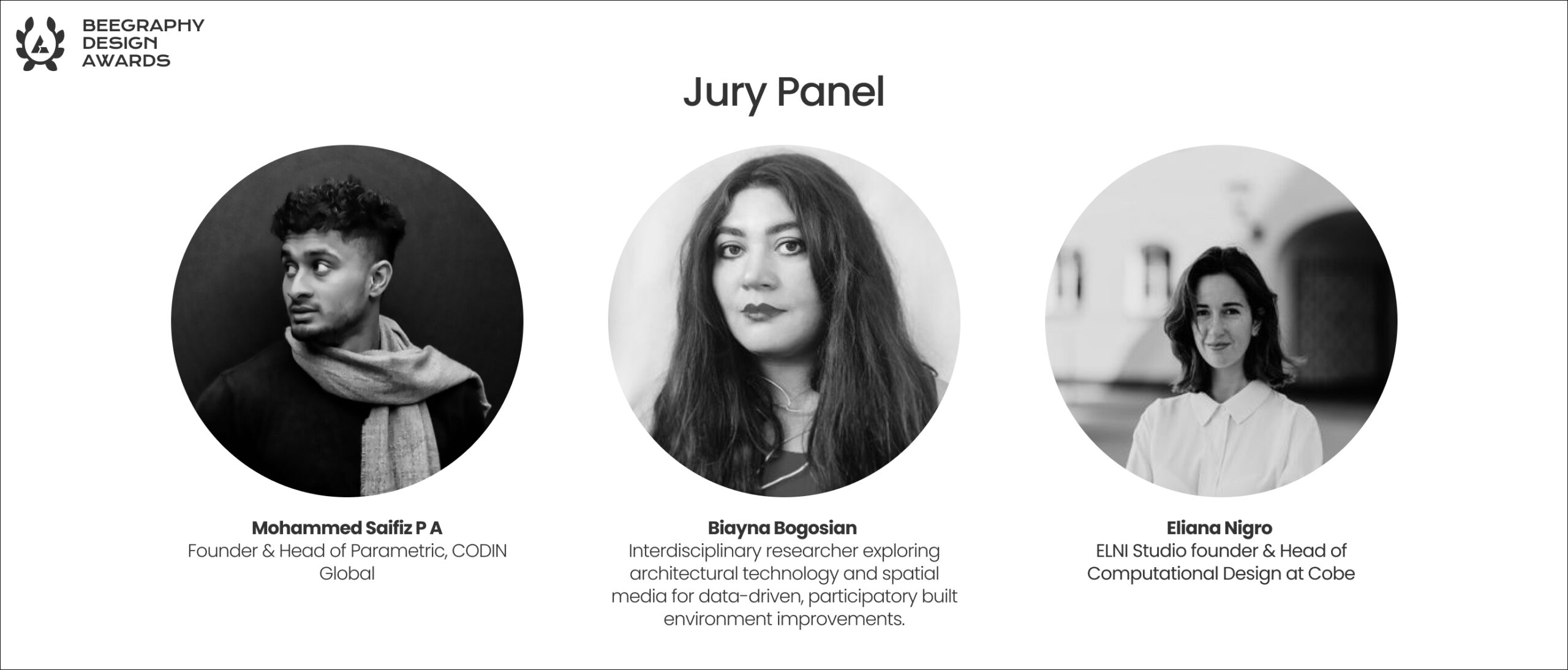
The Beegraphy Design Awards invite participants to explore the limitless possibilities of parametric and computational design. We are excited to announce the DIY & Engineering category, where creators can submit their most innovative projects that utilize parametric, computational, or algorithmic approaches. This category will be judged by a distinguished jury panel consisting of Mohammed Saifiz P A, Biayna Bogosian, and Eliana Nigro. These jurors bring a wealth of knowledge and experience to evaluate the creativity and technical merit of each submission. Whether you are an experienced designer or a passionate DIY enthusiast, this is your opportunity to showcase your creativity and technical skills. Submit your entry today and be part of the future of DIY and engineering design!
About Beegraphy
Beegraphy is a cloud-based collaborative computational design platform. It empowers designers, engineers, and DIY enthusiasts by offering a suite of parametric design tools that facilitate real-time collaboration and easy sharing. Beegraphy’s platform brings computational design capabilities to a global audience, allowing users to create, customize, and share their innovative projects with just a few clicks. Explore Beegraphy to experience how advanced design technology can transform your creative visions into reality.


